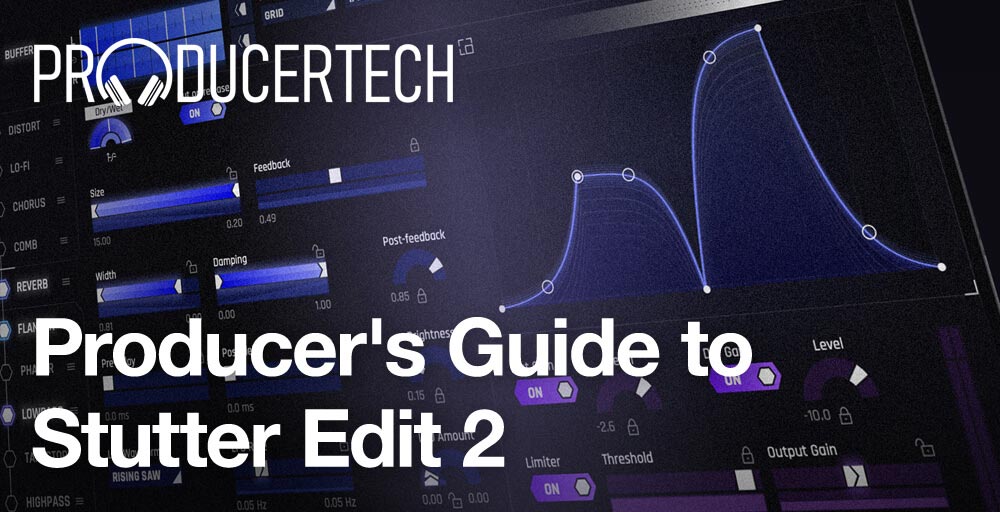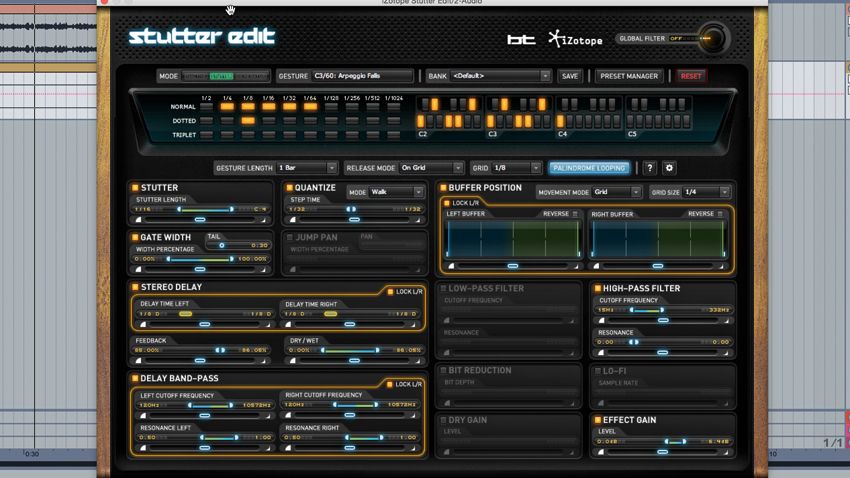
The same is true for when you release a key, and there are several different Release Modes, so you can choose whether to stop effects instantly, wait for the next beat/bar division, have the entire Gesture play back, and so on. Pressing a key on your MIDI controller will trigger a Gesture and begin cycling through whatever modulation envelopes it contains, with the plug‑in waiting for the next pre‑specified beat/bar division before engaging the effects. The Length of each Gesture can range from two bars down to a 16th‑note triplet, while the timeline Grid for a Gesture can be set between one bar and a 64th note. A Gesture contains timeline information, too, determining how parameter modulation is scaled to fit the grid and when a Gesture begins and ends.

#IZOTOPE STUTTER EDIT ABLETON GENERATOR#
The effects are applied using what Izotope call Gestures, which are made up of one or more effects modules (Stutter Gestures) or a noise generator (Generator Gestures), and are each tied to a single MIDI note. What's more, everything is automatically sync'ed to the host tempo, making flawless transitions, fills and breakdowns a breeze. It works by constantly sampling the incoming audio and storing it in a buffer, so that it can be used for repeating short loops or slices, among other things. Stutter Edit is an effects plug‑in that can manipulate an audio source in a variety of ways. Enter Stutter Edit, which has been co‑developed with trance producer BT (see the 'Trigger Finger' box).

Izotope have given the world plenty of top‑notch signal processing tools over the years, including Ozone 4, RX2, Nectar and Trash, but they haven't before released anything designed for use in a live environment. Izotope have teamed up with electronic composer BT to bring us an effects processor that can be 'played' in real time.


 0 kommentar(er)
0 kommentar(er)
